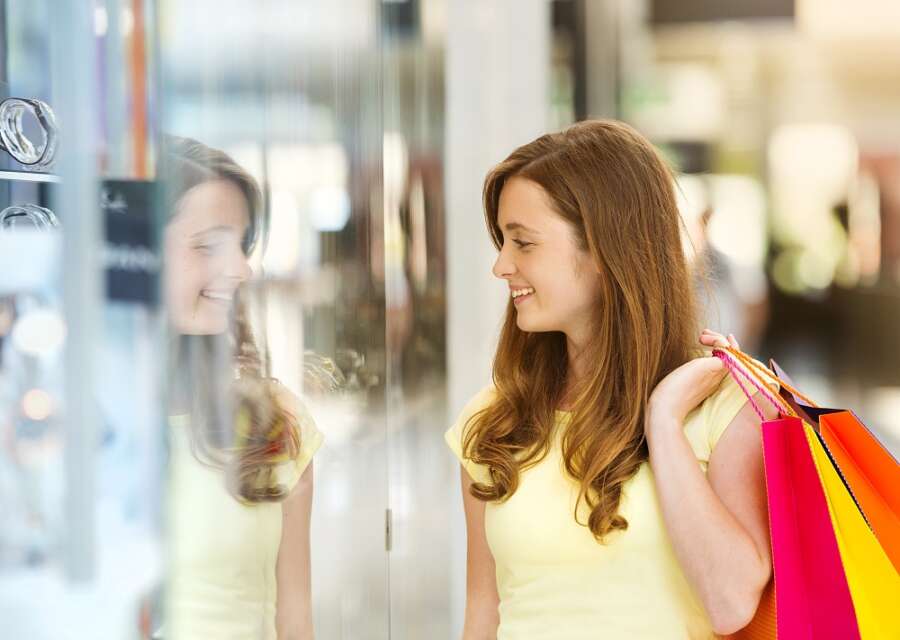
By: Will Hanmer Lloyd, Head of Strategy and Behave Central Services at Total Media
After a long series of lockdowns, our lives are now once again being disrupted as we move away from our homebased lifestyle imposed on us by the pandemic and new behaviours form.
As we move into post-lockdown life, with many of us trying to reset to a hybrid balance of home and office working, how will this new lifestyle impact consumer behaviour and shopping habits? And how can brands navigate this and seize the opportunity it presents?
1) Creating new habits
45% of the activities that people undertake every day are habitual, and over the last year and more, our habits have been massively disrupted. We don’t fully know what the long-term impact will be on consumer habits, but brands should see the next 6 months as a huge opportunity to re-engage consumers. In many ways consumers are going though a life event as their habits and available behaviours change.
And life events can be a great time to get people to buy new products. For example when people get married they’re four times more likely to buy a new car.
As we come out of lockdown our old habits have been destabilised. This means that now more than in previous years, it will be easier to encourage consumers to pick up an entirely new habit.
The shopping and retail sector is extremely habitual. But many consumers will be developing new behaviours. For example picking up food on the way home may have been a daily occurrence but for many this changed through lockdown, panic buying encouraged people to shop outside of their usual shopping lists, and many turned to online shopping.
As consumer’s head back to pre-lockdown life, we may see these changes occurring again. Whether that’s because they are now buying from different shops on their way home from work, or have less time in the evening to cook their old meals due to new work and life commitments, consumer’s may be looking for different types of products that fit in with this new routine.
Now is the time to make sure your brand is front of mind at these new buying moments, to help encourage your brand to become a habitual purchase in consumers newly forming behaviours. The long term benefit and opportunity to do this at scale is huge.
2) Respond to changing needs to keep customers
Aside from just tapping into people’s habits, brands need to understand consumer’s relationships with them and if they have changed since Covid.
Covid has led to a lot of people using brands more for convenience and comfort, or as a new need during this specific time. For instance, subscription brands grew in popularity over lockdown with people staying in more, with time spent on services such as Netflix and Amazon Prime Video almost doubling in 2020, and services such as subscription food boxes became a great way for people to receive fresh ingredients to their door. But with people no longer confined to their homes and forced to spend their evenings on their sofa, how can these types of brands keep their appeal?
It is important for brands to justify their continued role in consumer’s lives as we move into a more hybrid lifestyle. There will be new opportunities for brands to tap in to, for instance those still using their subscription services may want a more flexible plan, or one that can be frozen with less notice. Meal subscription brands could think of offering quicker recipes or including lunches that could be eaten on the go rather than needing to be cooked from scratch. Think about how your brand can support consumer’s changing lifestyles coming out of lockdown, and in turn continue to be a relevant product in their lives.
Barriers brands may face
In Europe, the UK has seen the highest number of people who’ve been able to save. With 33% of people in the UK saying that they’ve been able to save during lockdown, there is a significant group of people with a higher propensity to spend as people look forward to the opportunity to be able splurge again. But this sits alongside another audience of people who have really struggled and need a different type of brand to offer cheaper but effective alternatives).
In shopping and retail, brands should make sure they are creating messages to target multiple audiences and demographics. For the ‘splurgers’ excited to get back to the shops, brands need to capture that excitement of shopping to encourage an even more positive association. Without disillusioning consumers who are struggling.
As such finding the digital and media behaviours of this audience who are newly able and wanting to splurge will be a key targeting challenge for many brands going forward.
As we transition from lockdown there is still a lot of uncertainty around how lifestyles will change, however what is clear is that there is a big opportunity for brands to respond to, and in some circumstances take advantage of these changing behaviours.


